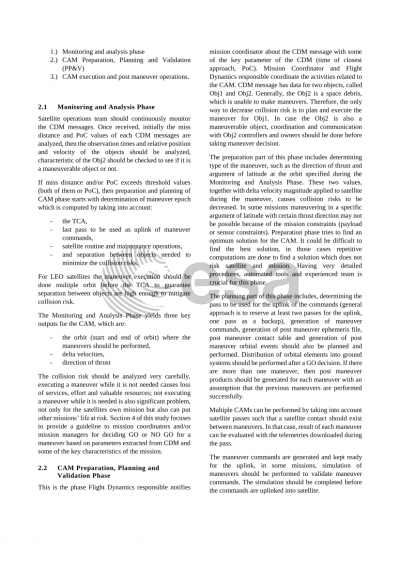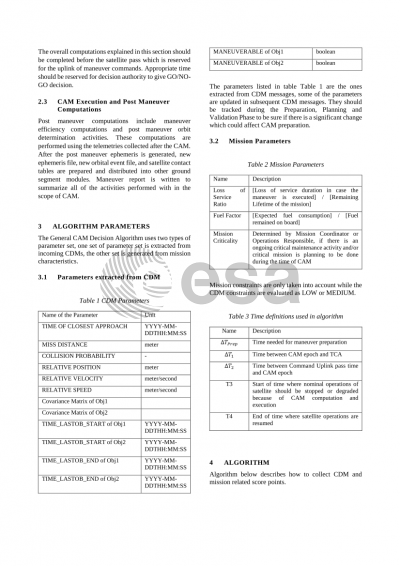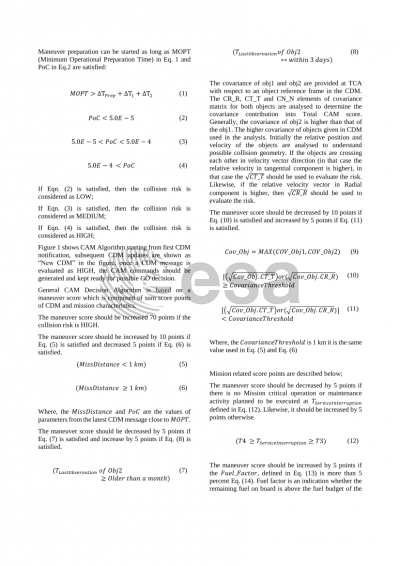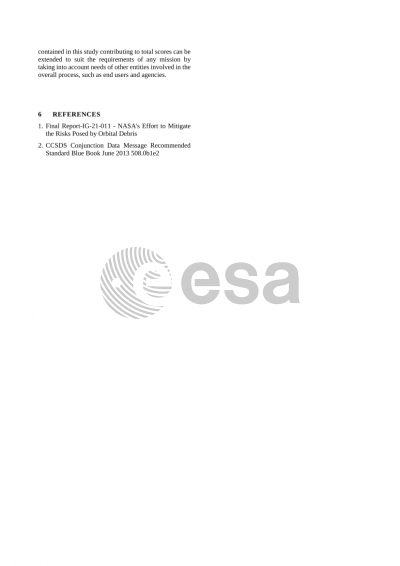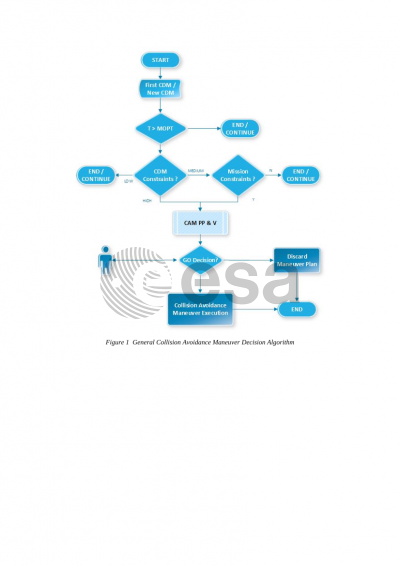Document details
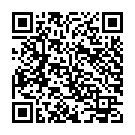
Abstract
Recent advances in Space technologies cause significant increase in satellite launches in next decade. It is expected that hundreds of satellites to be launched into orbit every year. Current operations of the satellites struggle with keeping their satellites in safe condition (free of collision risks). In near future, it is expected that the number of Collision Avoidance maneuvers to be increased significantly. Conjunction messages provided by Joint Space Operations Center (JSpOC) notify satellite operators about the possible risks of colllisions for the space debris or other satellites. Every Satellite operator perform their own way of evaluating significance of the Conjunction Data Messages (CDM). There is no common evaluation method in the industry. In some missions PoC 1.0E-5 is considered high and triggers maneuver execution, in some cases PoC with 1.0E-6 triggers the maneuver execution. Each Collision Avoidance Maneuver Execution causes significant loss of effort, source and service. Therefore, it is important to execute a maneuver if the CDM is evaluated that put satellites life at risk. In this study, new way of evaluating CDM messages by taken into account the mission specific parameters are proposed. Every mission has different characteristics, therefore the received CDM whould be evaluated based on impact of Collision Avoidance Maneuver in the mission operations. There are around 15 different parameters used in decision algorithm, some of the parameters are specific to mission. The mission related parameters are defined, then the manoeuver plan and execution is based on the CDM and mission parameters.
Every Collision Avoidance Maneuver causes satellite services to be interrupted for a period of time. Therefore, deciding a collision avoidance maneuver is a trade off between "interruption of service and resource usage" versus "risk of collision". Conjunction Data Messages (CDMs) includes probability of collision (PoC) of an object (Obj2) to with the operational satellite (Obj1). Most of the time the Obj2 is a space debris, with no possibility for maneuver. Therefore all the actions should be taken by Obj1 responsible entity to prevent collision. CDMs are issued in every 6 hours. In every CDM, the miss distance and PoC changes, normally the changes are minor, but sometimes dramatic changes in the CDMs are also observed, sudden changes in PoC of CDM may cause operations team to miss the uplink of maneuver commands into satellite and put satellite health to risk. Sometimes it is crucial to plan a maneuver even if the PoC is not high (less than 5.0E-5), taking into account the possibility for an increase of PoC in subsequent CDMs. In those cases the reliability of measurements or covariance against miss distance of Obj2 should be taken into account. This study defines, explains and evaluates mission parameters and CDM parameters to facilitate GO/NO GO decision for the Collision Avoidance Maneuvers.
Preview

